When you’re living in the fast lane of today’s world, waiting for your device to charge can seem like an eternity. The 50W charger enters the picture, revolutionizing the way we charge our electronics. This is important for every tech and gadget lover. There has never been a greater demand for faster (quick) charging of our devices, whether they are smartphones or tablets. How does a 50W adapter make a difference between the multitude of charging options?
The Rise of the 50W Charger
Charging tech has come a really long way. Five years ago, a 5W charger would have been typical. One also argued for 50W, and another mused about the possibility of power demand surging way up above any reasonable charging speeds imaginable with current phones. Virtual oxygen going to the consumers can be a difficult pill for some installment about keeping speed with contemporary life, not just charging quickly. Among other things, that extra power boost is extremely important for anyone who works on a device and uses it as entertainment in the meantime.
It’s not just fast charging; it is a reminder of how technology has evolved in delivering power: a 50W charger! From slow trickle charging to rapid refills, just like how we evolved from inefficiently spending large amounts of time doing something that should be easy. In the world of gadgets where time is money, a 50W charger can change everything.
What Does ’50W’ Really Mean?
The definition of ’50W’ is simple to follow. Let’s take an example from the world of electricity: wattage equals voltage times amperage. Now whenever you see ’50W’, it indicates that a charger can provide power worth eighty watts per hour to a device. This ability markedly impacts the rate at which a battery on your device charges.
In this regard, this specific power rating is a considerable improvement when compared to charge sticks of the past. Power is measured in volts, speed is determined in amperes; these two divide the watts, which in turn measure the speed of the intensity of the charge. When you use a 50-watt charger, the charging is cooler and faster than when connected to a charger of lower wattage.
More wattage indicates more power capacity; however, it is crucial to verify if the device can support such wattage. It is essential to match the device charging protocol compatibility to the device. Before using this type of power output, always make sure that the gadget or smartphone can handle it; otherwise, terrible things might happen.
Real-World Speed Comparisons
To comprehend the advantage accruing from a 50W charger, it would be better to consider what its ‘siblings’, 18W and 30W, would have performed on the same device. And now imagine charging a regular smartphone with a high battery capacity. An 18W charger would take almost a few hours to completely charge the device, all depending on the size of the battery. A 30W charger moves this barrier considerably forward, but a 50W charger elevates it higher altogether.
As an example, devices that would take 2 hours to charge with a 30W charger might completely go up to full power in less than an hour with the help of a 50W charger. This type of efficiency is priceless for everyone who has an active lifestyle. The difference is extreme, especially if you are running out of time.
Nonetheless, the expected and actual times might be higher or lower than what has been anticipated, given a set of circumstances. Compatible devices, remaining battery, etc. are few of the factors that can influence an individual’s charging time. It is however not always the power that can do the trick; other things like the charging curve of the device and optimal firmware can significantly affect the speed too.
Factors Influencing Charge Time
The 50W charger might seem faster, but the actual charging time can vary. Note: The lists are done keeping real-time testing, psychological factors and scenarios in mind. First, most importantly, is device compatibility. Some devices are not capable of handling high-wattage input. The key is that your device has to be one less fast charging protocol in order for you to fully benefit.
Battery size This is a big one. Of course, bigger batteries require more charging time, even when it comes to fast charging. Nonetheless, a 50W charger could go along way in bringing that time down sharply from lesser-wattage alternatives.
This is another reason why the cable you use to charge your phone makes a big difference. A high-quality cable is good; a garbage one is worse than what you’d be stuck with otherwise. Spending a little extra on good cable can really make a difference in your charging experience.
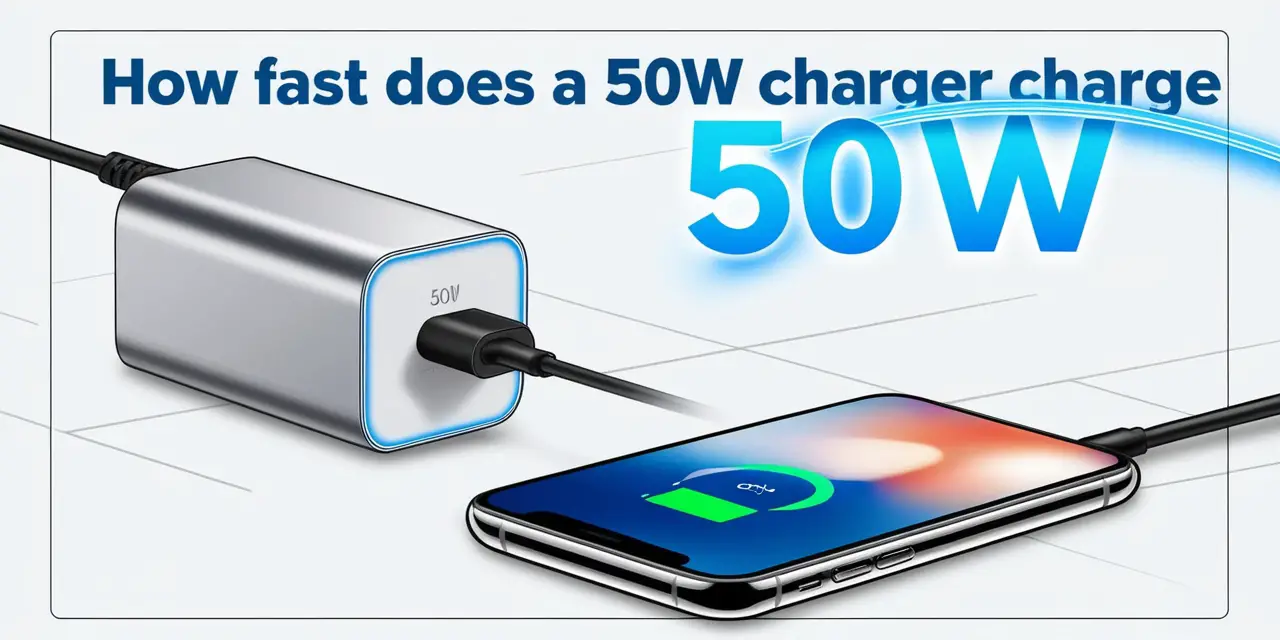
Weighing the Benefits and Drawbacks
When you see how fast 50W chargers are, that is a deciduous advantage. Speed is the most obvious. Every minute saved is of great value, especially to busy people. In addition, a quick charger can prolong the lifetime of use by means of a busy day.
But it has its downsides too. High wattage can also equate to more heat, and that might not be great in terms of battery longevity over time. Keep an eye on charging temperature to prevent any harmful consequences from transpiring.
Beyond cost. High-wattage variant chargers have a slightly higher cost compared to the lower power charger. Which is more of a concern, speed or the costs involved with both?
The Future of Fast Charging Technology
Charging technology may be in a spot where it is crooked; however, the future seems bright and new developments are happening faster than ever. Several new solutions, including wireless fast charging and even faster wired ones, are advancing. The trend is obvious: ever more power will be consumed by devices, and chargers must compensate.
Moving forward, we will see further higher-wattage selections and improved power delivery mechanisms. The progress will serve the evolution of devices that are thirstier for more power—giving us less time tethered to an outlet.
The future looks bright with technological improvements like graphene batteries and better power management systems forthcoming. The result will be utilitarian cables, furthering what we have now as 50W chargers to feel like gateway drugs for the much bigger things yet to come.
Maximize Your Charging Efficiency
However, it is not only about having a fast charger but using the same smartly as well. Some best practices to get the most from your 50W charger × Charge in a cool place. A hot room or direct sunlight can reduce the life of your battery.
Software Updates: This will ensure you check regularly for software updates from your manufacturer. McAfee said that rechargeable batteries in any modern electronic device have built-in protection mechanisms against self-repairing, and manufacturers release optimizations for recharged chargers to increase charging efficiency as well rest.thetaSupportedContent Remaining updated keeps your device performing its best.
And of course, also remove your device from power when it is charged. It will generate unnecessary heat and stress the battery. Enjoy fast charging with your device by using these simple tips!
Wrapping Up the Charge
All in all, the 50W charger is a good development of charging technology. It shows a way to the future of power delivery and all things tech-loving. Knowing the process and using it correctly are important to take advantage of this tool.
A user can avail maximum benefits from the fast charging technology by having knowledge about device compatibility, battery drive strength and quality of cable. This information helps consumers make informed decisions and stay up-to-date in the ever-changing tech world.
If you are traveling down the high-speed charger path, we encourage you to share any best practices you have found. Follow the charging standard community on Communications to stay up-to-date and meet other charging enthusiasts. This is how we will continue to innovate on these devices together.



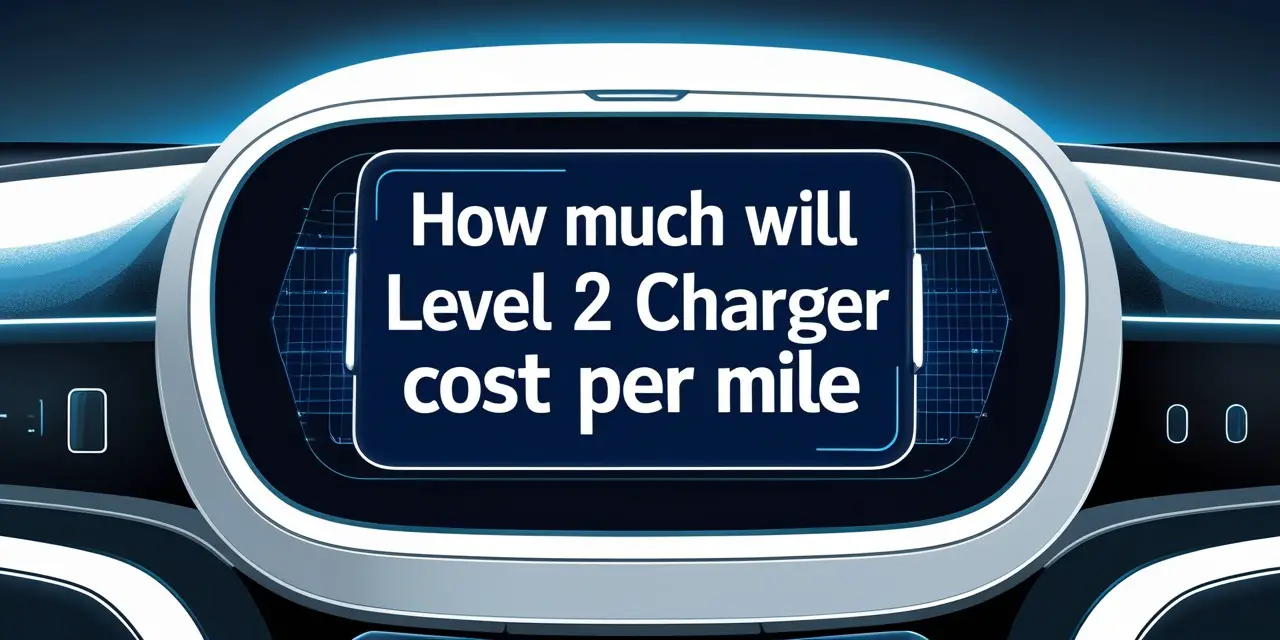
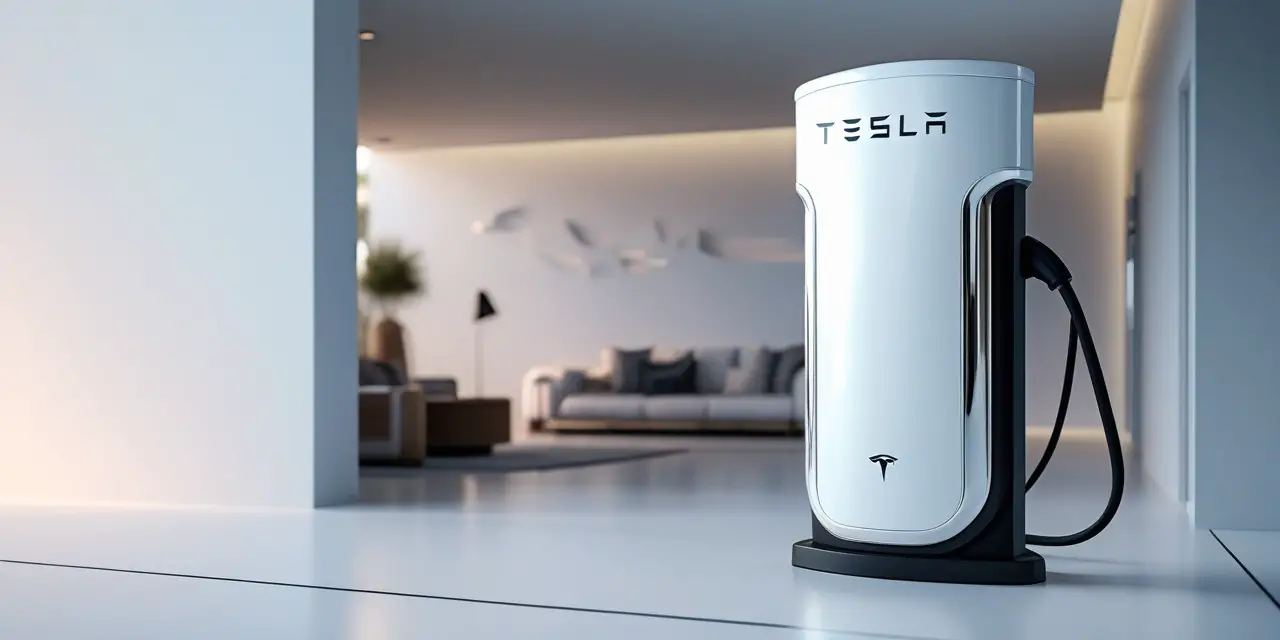
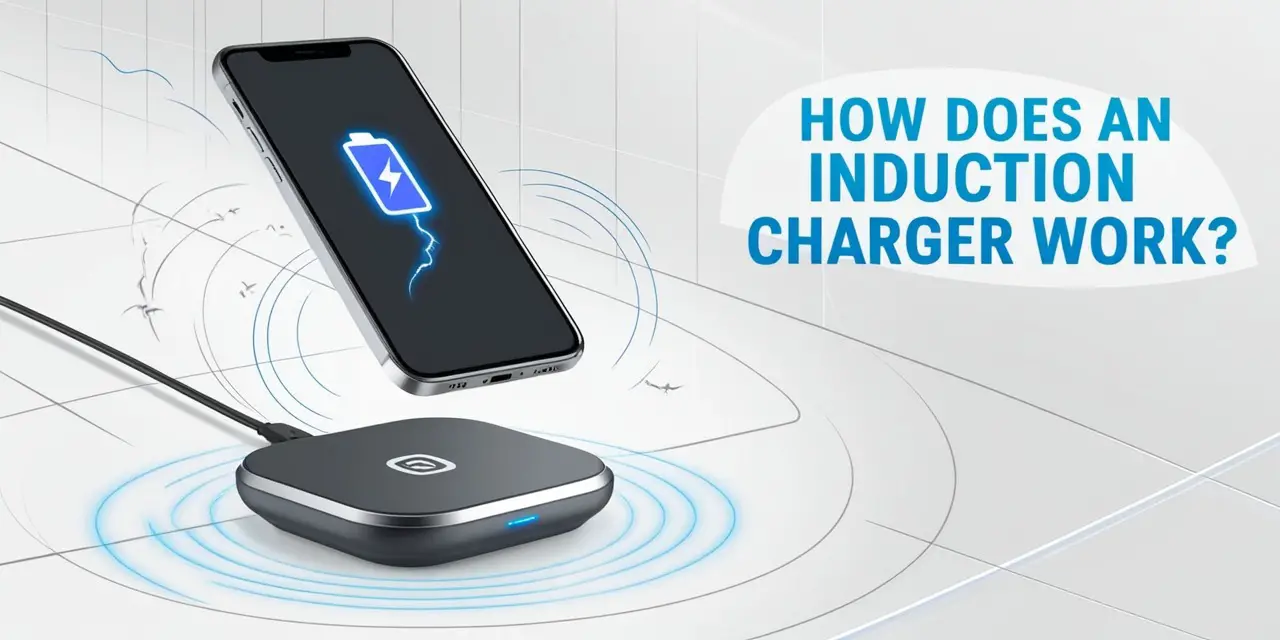
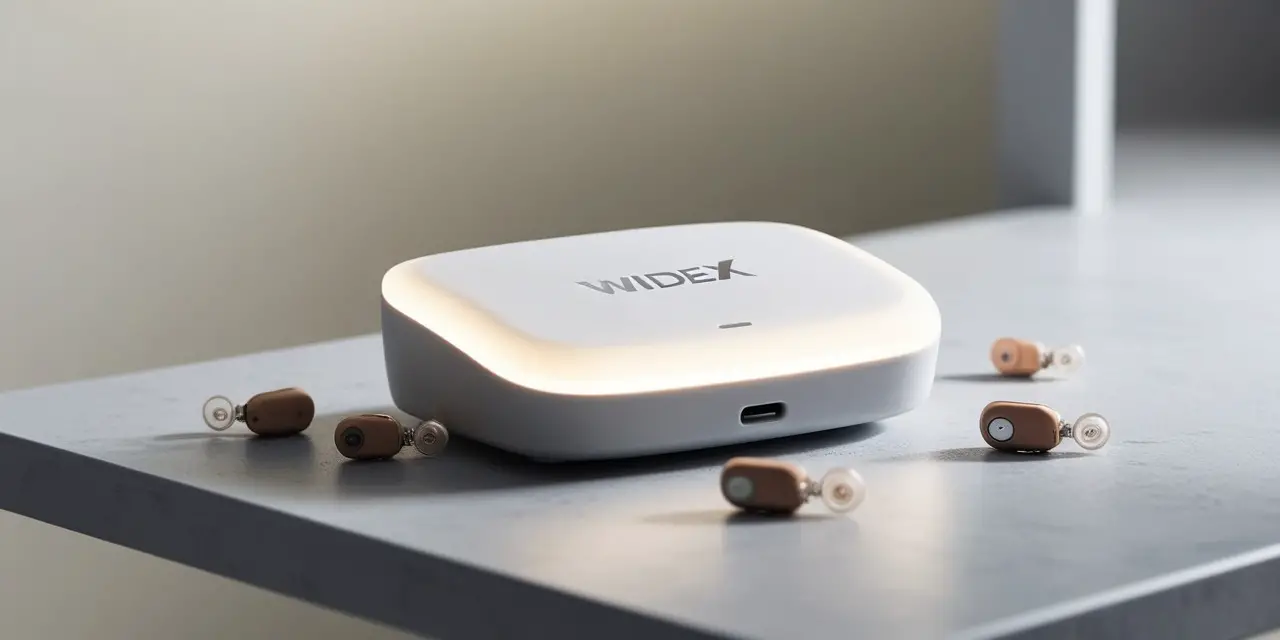
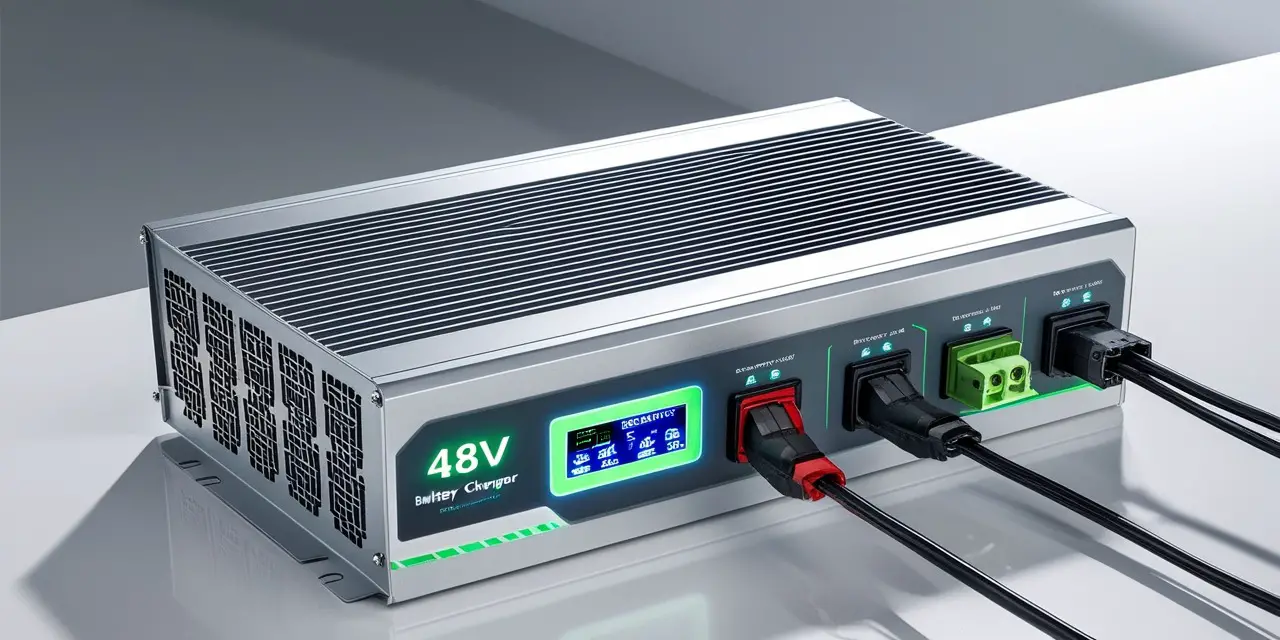
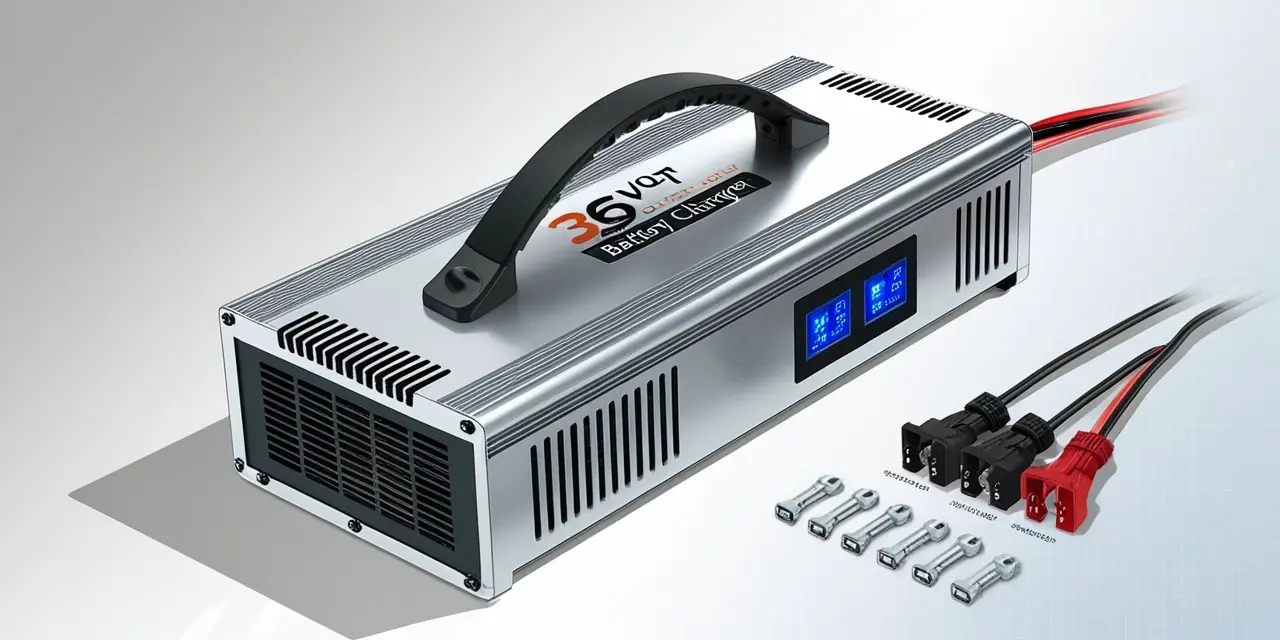
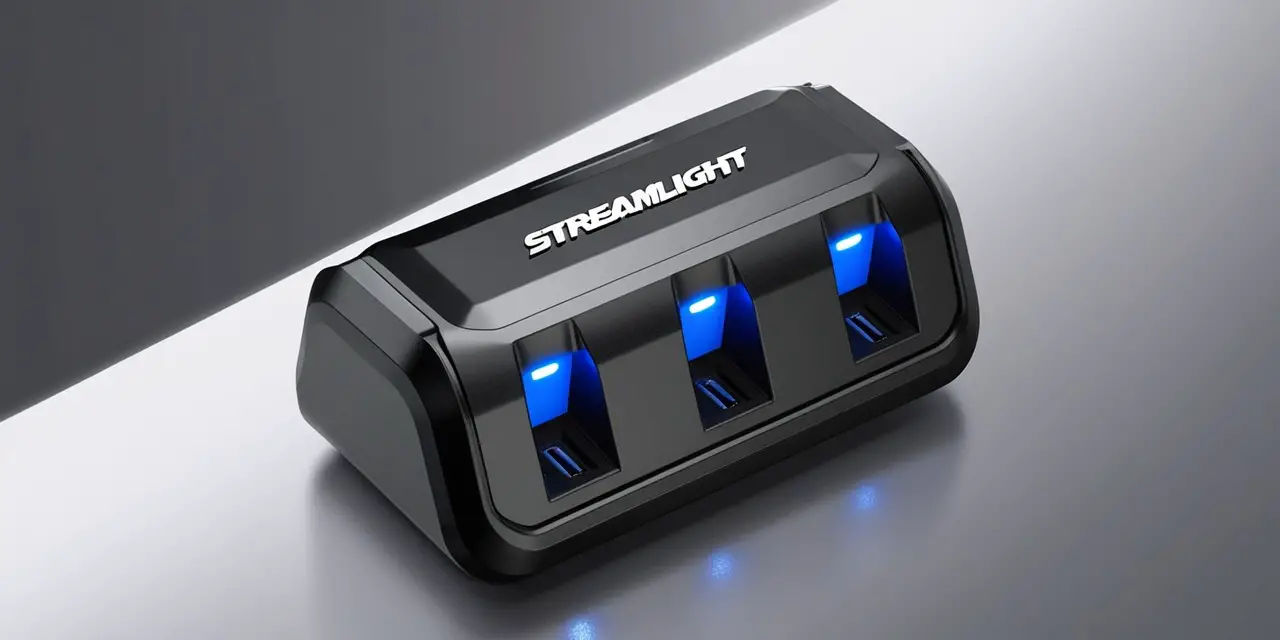
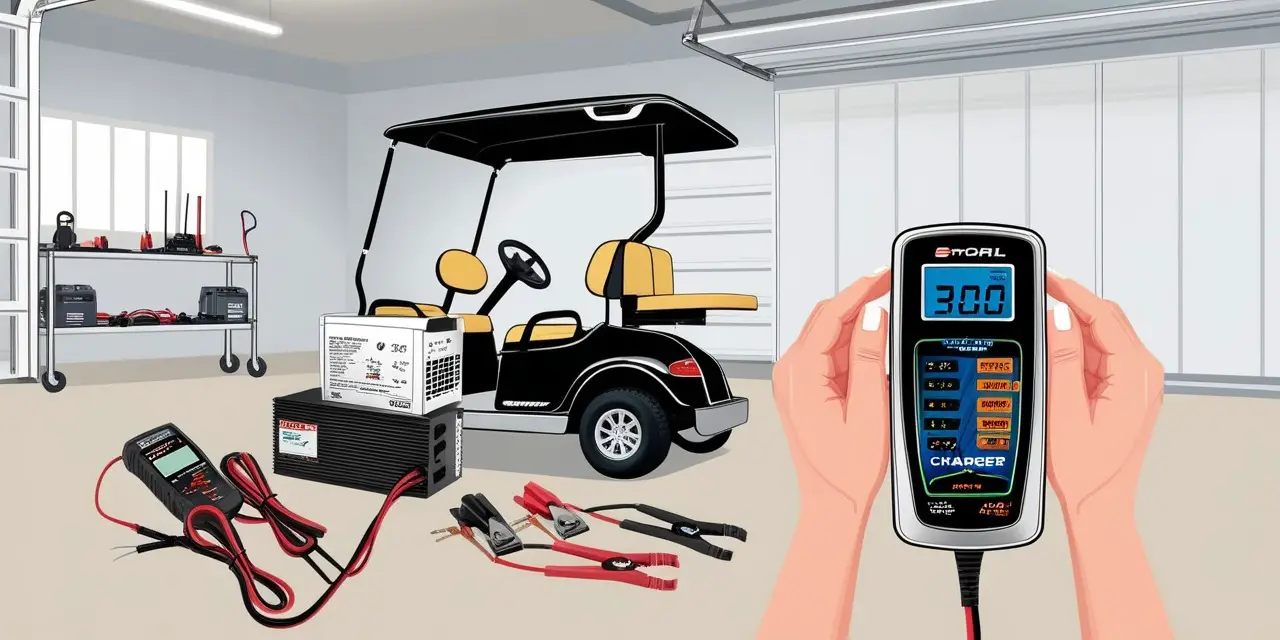
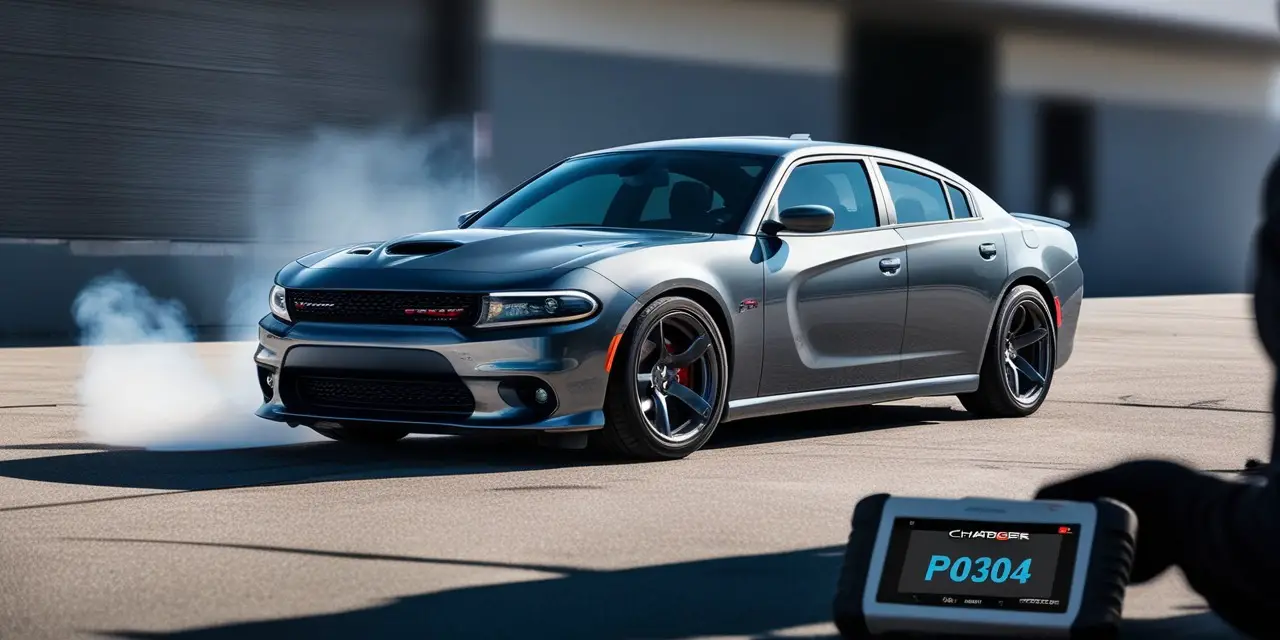
Leave a Reply